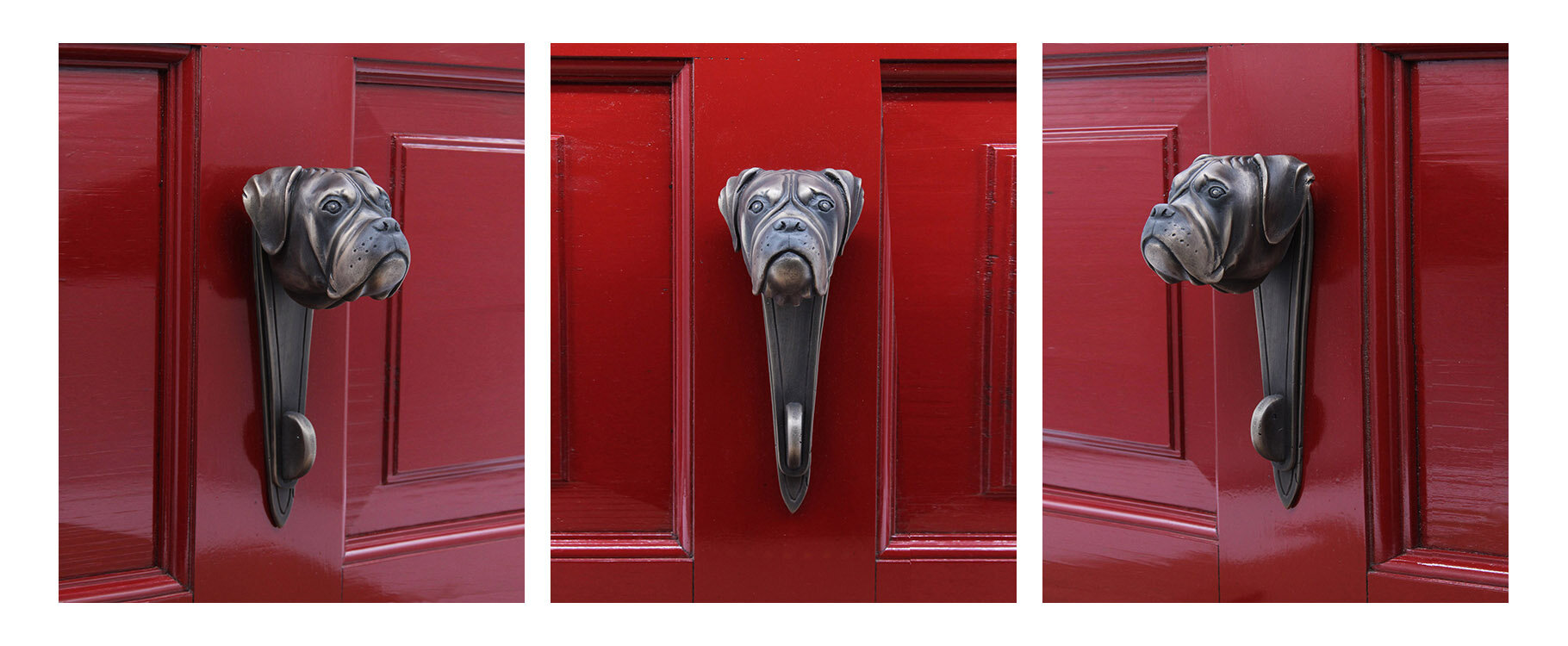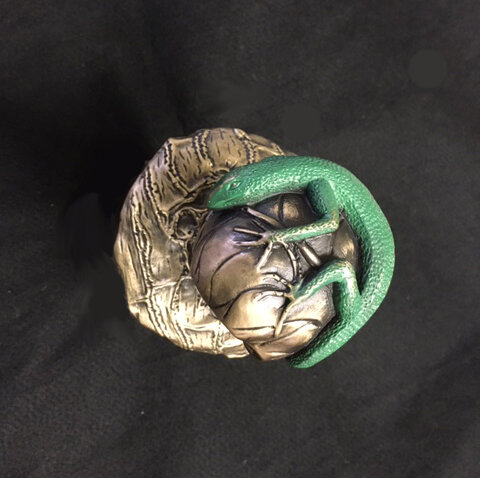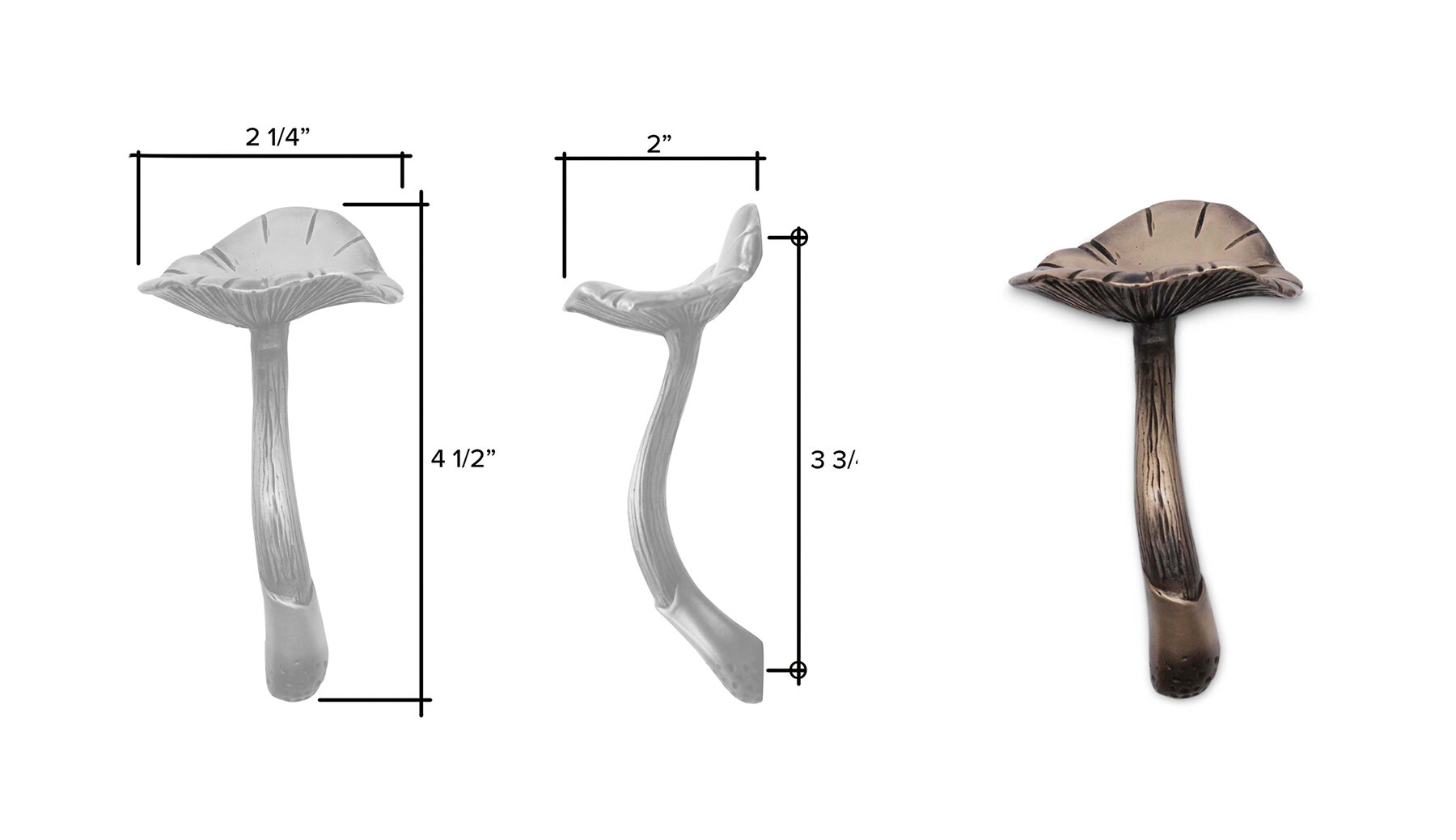Having officially launched our new collection of dog themed door hardware we wanted to share some of the background behind each dog breed.
We have four boxer dogs in our neighborhood with wonderful names, 2 are named Tank and Pistol, they are difficult to tell apart which given they are brothers is not too surprising. The other 2 are rescue boxers named Doctor and Dolly. Dr is a white boxer named after the well- known British show “Dr. Who” the other is named Dolly and as you probably guessed is a nod to Dolly Parton. My neighbor is a long- term fan of boxers and all his dogs have come from Boxer Rescue Los Angeles, a non-profit rescue center funded solely by private donations with a fully staffed kennel facility in the San Fernando Valley.
The creative end result of our neighborhood boxers is a boxer head door knob set. The door knob exists as a functioning passageway set or can be used as a fixed door knob. The boxer head is also available as a simple door pull, or coat hook or as front door knocker. So far we have 8 breeds of dog but have 2 more on the design board which we hope to add by the end of this year or early part of next year.
All of the dog door knobs are made with the same eye for detail as our other lines of door hardware and made the same way using the lost wax method to create intricately detailed castings.















































